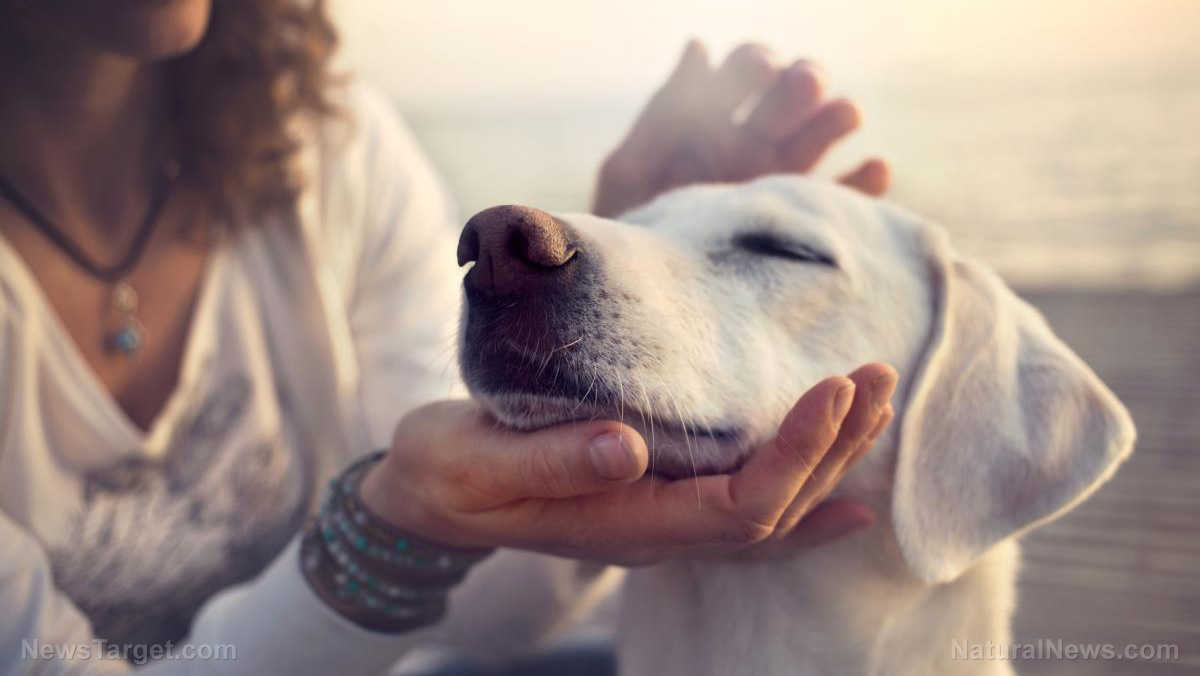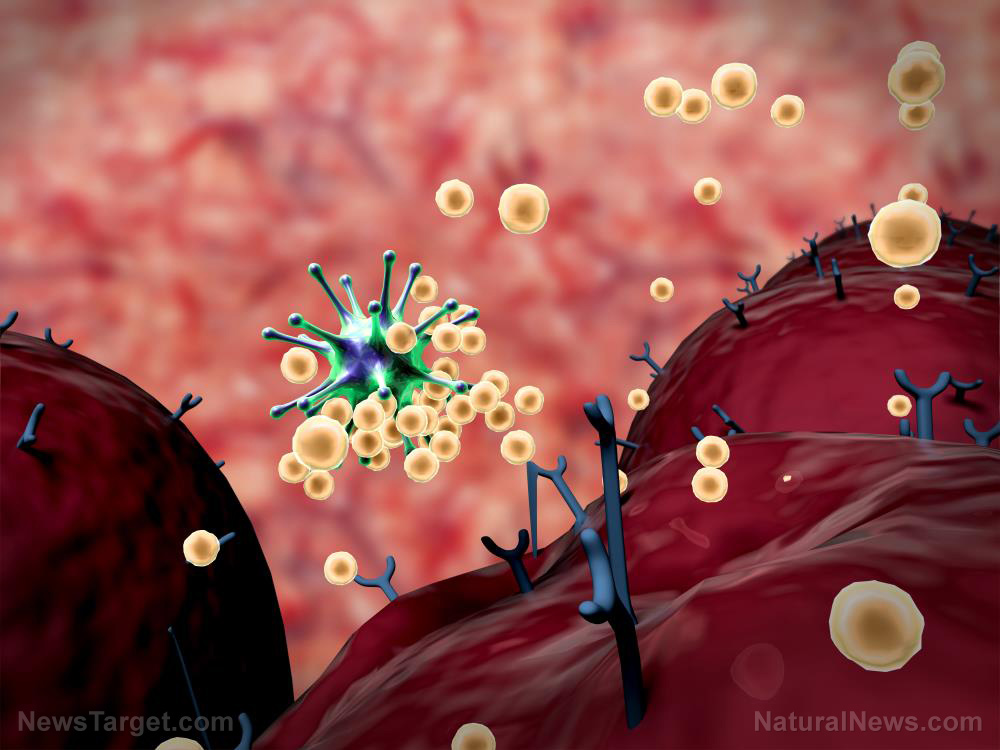Ruh? Dogs visualize what they are smelling, according to research – and they are surprised if it’s not what they expect
04/05/2018 / By Zoey Sky

According to a study, dogs can create mental representations of objects that they observe using their sense of smell. The findings also showed that dogs might be surprised if what awaits at the end of the trail isn’t what they were expecting to find.
It is a known fact that dogs have a keen sense of smell, but how canines interpret what they smell mostly remains unknown.
For the study, which was published in the Journal of Comparative Psychology, researchers from the Max Planck Institute for the Science of Human History (MSP-SHH) and the Department for General Psychology and Cognitive Neuroscience (Institute of Psychology) at Friedrich Schiller University of Jena tried to analyze a dog’s sense of smell.
The findings revealed that dogs can create a “mental representation” of their target when they’re tracking a scent trail. (Related: Dogs proven to recognize themselves through precise sense of smell.)
Dr. Juliane Bräuer, the study director from MSP-SHH, worked with a team of researchers to test 48 dogs. Twenty-five of the dogs trained with the police or a search and rescue team while 23 were family dogs that didn’t receive specialized training.
The dogs first accomplished a pre-test where two toys were presented to each dog so they can choose one that they want to retrieve.
In the main test, each dog finished four trials where it followed a scent trail drawn using one of the two toys. At the end of the trail, the dogs saw either the toy used for the scent trail (the normal condition) or the other toy (the surprise condition).
Fifty percent of the dogs in the first round was presented with the normal condition while the rest were shown the surprise condition. The researchers filmed the behavior of the dogs during all test runs.
Dr. Bräuer said that based on her experience in previous studies, she believed that they could measure the surprise of the dogs and that their behavior would be different in the surprise condition than they would in the normal condition. She added that in the tests, several dogs showed interesting behavior.
For example, in the first round of the surprise condition, the dogs showed “hesitation,” wherein even if they already noticed the toy, they continued to smell and search for something. Dr. Bräuer posited that they were still searching for the toy used to lay the scent trail.
But this “surprise effect” didn’t manifest during the following test runs. It’s possible that this was because the dogs, regardless of the toy they found, were rewarded with games, or because the room contained residual smells from the toys used in previous test runs even if it was already cleaned.
Dr. Bräuer’s noted that the findings from the first round of testing still suggest that dogs create a mental representation of the target object when they are tracking a scent. This means that dogs have a specific expectation of the target.
She continued that comparison between the working and family dogs was interesting. Dr. Bräuer shared that even though the researchers predicted that the police and rescue dogs would find the objects faster than the family dogs in the first round, after four rounds the two groups fetched the toys equally as fast.
Dr. Bräuer concluded that continued research could help identify the link between a dog’s “smell perception, search behavior, and cognition.”
Fast facts on a dog’s sense of smell
- A dog’s sense of smell is better than ours – While the exact figure may vary since it is hard to measure accurately, some say that a dog’s sense of smell is either 10 to 100, 1,000, or 1,000,000 times better than a human’s sense of smell. According to some scientists, dogs can detect a lot of odors “at concentrations of parts per trillion.”
- A dog’s sense of smell is fool-proof – Studies show that dogs can smell anxiety, fear, and sadness. Adrenaline, the “flight-or-fight hormone,” can’t be detected by the human nose but dogs can smell it. Meanwhile, anxiety or fear is linked to an increased heart rate and blood flow that immediately sends telltale body chemicals to the skin surface.
- Dogs think humans stink – Even if you’ve already taken a bath, you still smell bad when your dog sniffs you. Humans have a unique “scent fingerprint,” and dogs use this to identify one person from another.
- Dogs leave “messages” when they pee – However, this “message” only makes sense to other dogs. This explains why walking Fido may take a while when he’s checking messages that other dogs left behind.
You can read more articles about dogs and pet health at NaturalNewsPets.com.
Sources include:
Tagged Under: animal behavior, animal studies, cognition, discoveries, dog behavior, dogs, neuroscience, perception, pet behavior, pet health, Pets, research, scent, scent trail, Scents, search behavior, sense of smell, smell perception, weird science




















